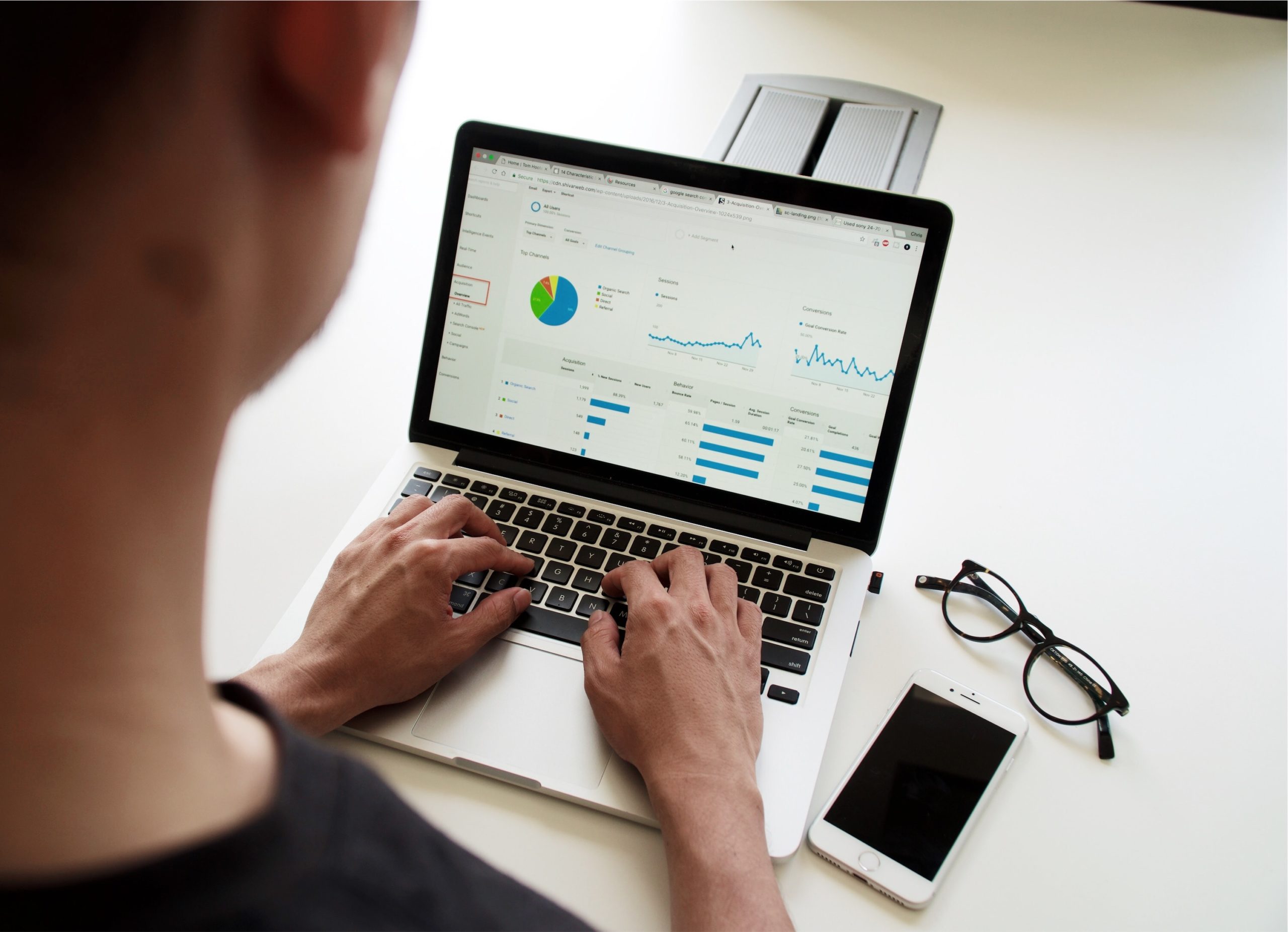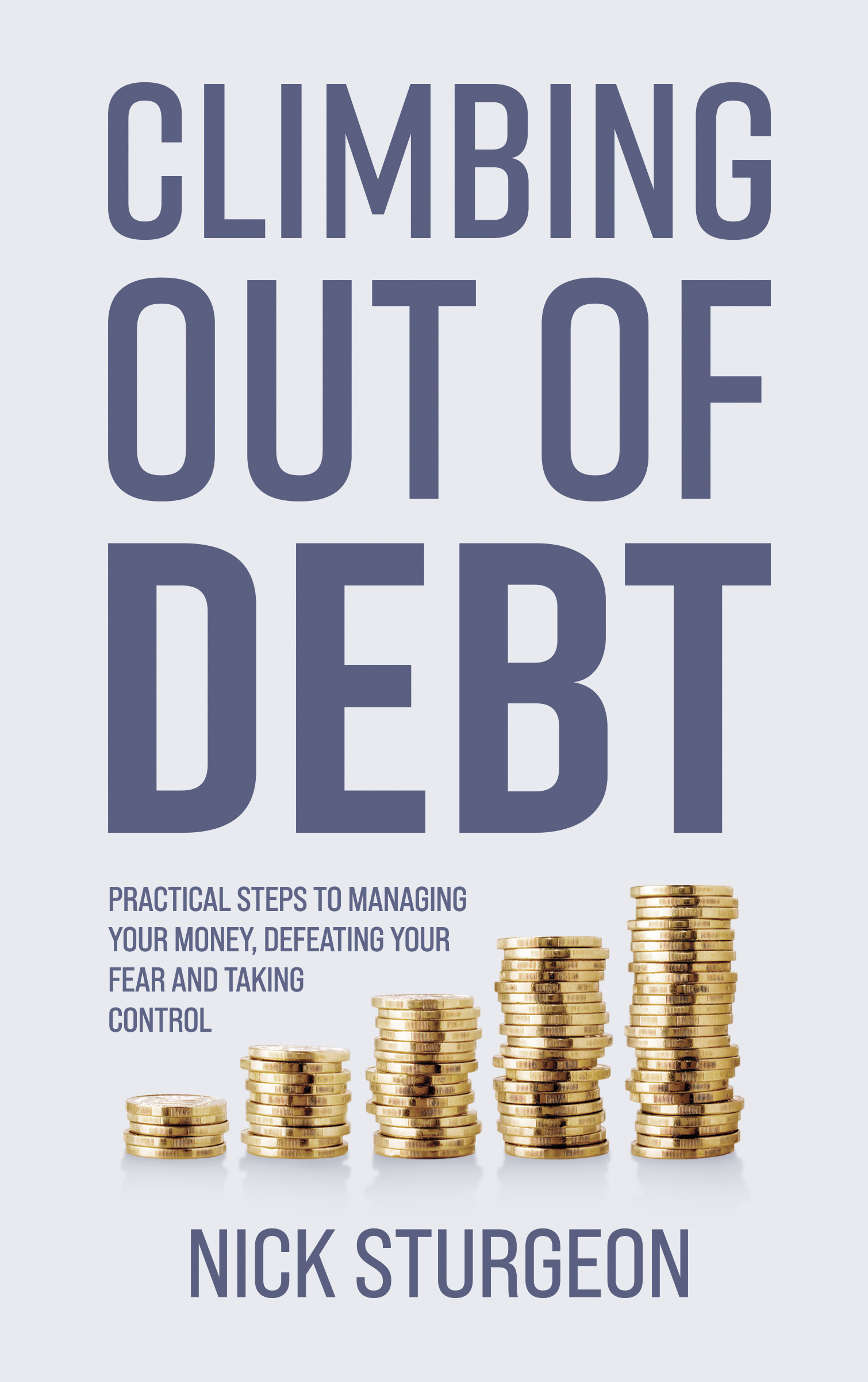In my first full-time job I used the pages of a Filofax as a diary and organising tool which came with lots of handy sheets to track money in and out. Nowadays, all types of journals and day planners exist to support you in monitoring to tracking your spending. Many of these can be bought cheaply at supermarkets as well as stationery stores, and the journal will often have a pocket in the back for you to keep tickets and receipts. Online software and apps for your phone make the ability to see pictures of your spending very easy indeed. You can just as easily insert spending items into your phone app and build up the spending pattern during the day, seeing it on a large screen when you get back to your laptop or PC. If you are visually motivated these tools will be a real help. If you are tactile in your approach then pen and paper will be what works for you. The key thing is to find a process that is easy for you because you enjoy it. If it's complicated you won't be giving yourself any incentive.
A pocket notebook that is easy to fit in your coat, or an envelope can both fulfil the role of place to store your receipts. There is no need for you to spend any real money to capture the record of where you spend and what you buy with your money. The key is to make sure every expenditure gets logged somehow. If you buy with a debit card at the shop counter or the service station you will naturally be given a receipt. With simple cash transactions at the hardware store or in the green grocer shop you will either have to ask for a receipt or finish the purchase, reach for your notebook and write down what you just bought and the cost of it.
If you're reading this at lunchtime you can still start to log your spending until you go to bed tonight. Tomorrow you can do a full day of recording the way that money is going through your hands.
The rules are simple:
1. Record each expenditure. Don't miss one.
2. Write down the detail as soon as you can after spending the money.
3. Log the exact amount, to the actual penny.
It's really simple to do this. From now on, you'll not put $50 in your pocket at the start of the day and then wonder at night why you have just $7.37 left over in change. You will know where the money went and what you spent it on.
Maintaining the daily record and learning from the pattern of your spending in this way, puts you back in control, not just of your money but of your life. From knowing the numbers behind your spending you then become conscious of your choices over what you buy. Only once you are fully aware of this can you start to make more informed decisions.

